Social Ecology & Solarpunk: The aesthetics of radical change
Part of a series of responses while taking a course by the Institute for Social Ecology: "Solarpunk, Art, and Social Ecological Aesthetics".
This article is a response to the first week of a course put together by the Institute for Social Ecology and Solarpunk Surf Club called “Solarpunk, Art, and Social Ecological Aesthetics”. This is part of a series of essays and works where I respond to some of the weekly prompts.
This weeks prompt:
What are the commonalities between social ecology and solarpunk? Do you notice any areas of tension between the two? How does art currently function, politically? How might it function in a social ecological society? What is the right relationship between an individual artist’s private visions and the social responsibility of an artist to the collective as a whole?
What we see is all we know
Your framework and understanding of the world will shape how you interpret the present, past, and future. Your ideas of what a possible reality is shapes what is possible and “realistic”. The realism of capitalist realism is just that, the framework for looking at the world and only seeing capitalist systems.
Capitalist tinted glasses - everywhere you look you see it reflected back to you. Almost all people (especially in the global north) are basically born with these capitalist realist glasses on. That completely shapes the views and conceptions of the future, what is possible in the future, what can change, and what we can do. It can be incredibly hard to break out of that cycle. To see the world and the future in a different way.
I wrote a pretty long work called “Solarpunk, Acid Communism, Capitalist Co-opting, and Learning From The Counterculture” where I touch on Mark Fisher’s description of Acid Communism or better titled - Post Capitalist Desire - and connect that with solarpunk. In what I see as an aesthetic or artistic way of describing what a new/future social and political counterculture may look like.
Yes, it can be hard to break out of the cycle of capitalist realism and see the world in a different way. That’s where the weird, the artistic, the visionary elements come into play to act as a psychedelic - from the greek psyche+delos - the mind visible. Art can act as a break from our assumptions of the world. To challenge the view of capitalist realism - to have a vision of what the world could be while also having a pragmatic understanding of how to make that happen.
To break capitalist realism, we can combine art with social and political frameworks to not just show the alternative, but to show the alternative is real, tangible, and possible.
It’s not enough to tell someone how great things will be. If they can picture their life in the alternative, if they can picture a social-ecological change that balances humanity, technology, and the ecology, they will get it.
We need to show that an alternative is possible. And not just pretty pictures, stories and music, but pictures of what the world could be with concrete political and social change. Stories of how we can build a better future in the now by changing our social relations, by looking at the ideas from social ecology, post-scarcity anarchism, indigenous practices, socialism, and other political frameworks and combining them with a story of what life might look like if we succeed. Music to listen to while in a community garden, about the work and actions we are putting in today to make tomorrow a better day, to prefigure the world we want to see. So these things aren’t just aesthetics or artistic, but combine together quite well with the real social and political theories that exist and are growing and transforming over time.
That’s where I see solarpunk combining with social ecology, to bridge the gap between prefiguration and speculation, imagining and showing people what the alternative could be, but also having a way to make it happen with a bottom-up approach.
Aesthetics and politics: Aesthetics as political action
Specifically talking about solarpunk, I don’t think that aesthetics are inherently tied to politics but are at the same time. The aesthetics are tied to the political based on who is interacting with the aesthetics, what they are showing, and how.
Take for example two different people, with two different views on life, looking to convey solarpunk aesthetics. The results of the art, literature, music, or whatever will be a direct result of what people are adding to it, the aesthetic is a vessel or a framework. What other people see solarpunk to be will be shaped by what messages people decide to convey with solarpunk and solarpunk aesthetics.
Let’s take the definition of solarpunk according to Wikipedia and contrast two different people using solarpunk esque aesthetics to convey totally different messages.
Solarpunk is a literary and artistic movement that envisions and works toward actualizing a sustainable future interconnected with nature and community. The "solar" represents solar energy as a renewable energy source and an optimistic vision of the future that rejects climate doomerism, while the "punk" refers to the countercultural, post-capitalist, and decolonial enthusiasm for creating such a future.
These two people are based on my own observations in the wider solarpunk community, and some of the common thoughts I see floating around from different groups who have different approaches to the same thing.
Person A: Person A might take this definition and the associated aesthetic and combine it with their own view of the world. They might think that a sustainable future means replacing combustion engine cars with electric vehicles. They might see the unsustainability of our world as a technological problem rather than a social one, that we don’t have the proper tools to be able to live in a sustainable way, and that we have to build those tools to help foster connectedness. Person A sees a way of addressing climate change by paying people to do regenerative farming, possibly with a cryptocurrency that is more decentralized compared to traditional fiat markets. They see the climate issues as an issue with incentives. If we incentivize people to act in accordance with the natural world, they will be more willing to do it. Person A sees an issue with our current culture, and wants to solve it with a cultural shift, cutting the middlemen who historically gatekept systems and opening them up. Person A believes that with more open market access - historically colonized and disenfranchised people can have better access to markets and make things a more even playing field for more people to make money and pull themselves out of poverty.
Person B: Person B might take this definition and the associated aesthetic and combine it with their own view of the world. They might think that a sustainable future means not just replacing combustion engine cars with electric cars, but replacing personal vehicles entirely with more robust public transit. They might see the unsustainability of our world as a social problem, that our social arrangements dictate how technology is formed and used. That even if we build all the tech we need for a better future, that won’t matter if we don’t change our social relations. Person B sees a way of addressing climate change by building dual power and anti-capitalist systems and social relations in the now. They see the climate issues as an issue with the profit motive itself, and the way that capitalism and other economic models force constant economic growth without addressing ecological impact. Person B sees an issue with our fundamental social arrangements that focus on unjust social, political, and economic hierarchies, and wants to shift social life to a more equal and communal life. Person B believes that a livable future will require questioning economics, and instead of focusing on profits, focusing on our resource impacts to the earth, and the social impacts to humanity. Person B believes that if people were given the tools and resources, they could decide how to live for themselves in a collective and bioregional manner. They could decide what makes sense for their lives and their cultures, and have the material needs to live a good life, no matter how that looks.
These two people see the same definitions and come up with very different approaches to solarpunk. They might be thought of as:
“Green growth decentralized markets” vs “Degrowth, revolutionary communalism”.
I personally believe that solarpunk as a literary genre, as an aesthetic, and as an idea rejects notions of keeping the status quo. Green growth is greenwashing, because the fundamental ideas of capitalism, market-based economics with a currency that will always create social and economic hierarchies are still baked into the idea. We will end up recreating the same inequities we see now, as those in the global north will have a marked material and financial advantage. Even in a completely decentralized free crypto economy, marginalized people will still be marginalized. The materials needed to fuel the extractive systems to hold up green growth will still be pillaged from marginalized people in the global south.
I wrote a longer article about this, and why I disagree with many people using the solarpunk aesthetic as a way to sell things called “Solarpunk: Diverging Paths And Where We Go From Here”.
I also talk about how capitalism co-opts movements and injects itself into radical ideas. This is how greenwashing enters into solarpunk by using a stereotyped - simplified version of the idea to create a new market to sell things. This part of the article also lays out the most common steps that capitalists use and have used especially when it came to the counterculture of the 1960s.
The cycle will repeat, but there is a general pattern to how movements, ideas, counterculture, genres, or groups get co-opted and financialized by capitalism.
An organic group will form around something (art, music, political ideas, etc.) who are intrinsic to the thing itself.
This group remains unknown until gathering populations or popularity behind the ideas.
Capitalism ignores the group until there is a “viable market” to inject itself into. Only looking at niche groups as target demographics.
The group grows more, producing things (can be ideas, physical objects, whatever), more people become interested in it.
The community naturally makes boundaries to determine what this new thing might be and form their own languages, terms, methods, and culture around it.
Capitalists view this as a new “target market” and attempt to financialize parts of the community.
The community either accepts or rejects the introduction of capital.
Capitalists then inject themselves into the community, learn how they operate and then create a stereotype of the group to compare back to other known market stereotypes.
The stereotype is used to create commodity items, if the group has a distinct fashion, capital will attempt to quantify and emulate it. If the group has a distinct idea, capital will financialize it. The group qualities are gathered and anything that can be turned into a commodity will be.
Capitalists use this stereotype to sell goods to the wider public and create their own interpretations of how someone can buy into the stereotype (capitalist subculture creation)
The organic group’s original essence, message, idea, and intricate details are lost or ignored as the capitalist stereotype takes over the label of the community.
The original community either rejects the hyperreal injection, turning themselves into an exclusionary group. Or accepts the hyperreal stereotype and the original community leaves due to the origin details being lost.
Capitalists sell the idea, group, or commodity stereotype until no longer profitable. Then drops it when profits drop, or as popularity wanes.
The cycle repeats with the next group of dissidents from previous or new groups.
Solarpunk & Social Ecology: The Political combined with the aesthetic
One of the major reasons (in my opinion) that the counterculture of the 1960s did not succeed was because the movement was defanged by the capitalist system eating radical ideas, and then selling them back to people. By and large that happened because the broader movements within the counterculture didn’t have any actual political or social goals, and so the aesthetic of the 1960s hippie was divorced from the social and political goals the hippies and counterculture as a whole had. The aesthetic became a shell, or a just a thing to buy and wear. The same thing happened with punk rock later on and the countercultural elements that came from the punk movement as well. Not all was lost from either movement, they both influenced the world in ways we can’t even describe, but in their downfall we see the same things that happened previously.
To me, social ecology and the ideas in social ecology, communalism, and post-scarcity anarchism are central to solarpunk. The core ideas and beliefs fit together in various ways, and it’s easy to see solarpunk art and connect that back with real-world political action to get us to those beautiful places.
There can be issues with political action and education though. It can be really hard to sway people and show them that the system right now isn’t working. It can be hard to logically explain every single factor to logically convince someone a better future is possible. The logical is a hard place to change, people get stuck in their ways. The capitalist realist glasses rarely come off when given hard scientific facts about climate change and the ways that capitalism is core to the climate disaster.
That is where art and aesthetics come from. It can blend emotion and logic. Art, images, and stories can touch people more than hard political theory and scientific data can. Like I said earlier it’s a break from reality, an actual vision of a critique or a vision of utopia.
Sure we can say to someone “Well you see based on principles borrowed from a large array of leftist traditions we can see the failings of the capitalist system, the constant alienation under capitalism, the income inequality, and the subsequent death this causes. The ecological impacts that constant growth for GDP sakes has on the world. We can’t have infinite growth on a finite planet. You can see this reflected in the world of both Marx and Bookchin, where in 1875 ………”
Or you can just show them these videos. (It will be easier to open these in new tabs if on a desktop)
 Tiktok failed to load.
Tiktok failed to load.Enable 3rd party cookies or use another browser
 Tiktok failed to load.
Tiktok failed to load.Enable 3rd party cookies or use another browser
 Tiktok failed to load.
Tiktok failed to load.Enable 3rd party cookies or use another browser
 Tiktok failed to load.
Tiktok failed to load.Enable 3rd party cookies or use another browser
There is a contrast between the bleak exploitation of capitalism, of income inequality, of loneliness - with videos and images that evoke hope, that say change is possible. To stand in the face of the shit storm ahead, and keep sailing on. These four short videos say so much to someone both in an emotional/artistic and logical sense.
Show and tell: Show the future and say how to build it - both with words and visuals.
What do these two images evoke?
A community garden is centered with people coming together to grow food collectively. A family zips by on a bike on their way somewhere in a walkable neighborhood. People are putting up solar panels but not just using high tech methods, but also using small scale wind and hydroelectric. The house next door also has a garden plot. The importance of community, collaboration, and renewable energies that don’t only rely on highly resource-intensive things like metals and rare earth minerals but are made sustainably at the local level. The importance of walkable, human and eco-scaled urban design, third places and common areas, car free zones where people can still get around.
All of this from one picture.
This image describes the complete jump from the 1980s to now, how car-centric infrastructure destroys the ecology and humanity. How it’s possible to regenerate degraded ecosystems. How our decisions about the world and how they should be designed ignore both our needs and the ecosystem’s needs. Huge changes like this are possible.
That’s the key. The big changes are possible. We also need a way to show how those changes might look. To write stories so people know what a better world might feel like. It won’t be a utopia, but an optopia.
As Optopia zine (who are really cool go check them out) says:
A place in between utopia and dystopia. Not a perfect world, but the best possible one we can achieve given our circumstances.
Included with this article is basically a super short zine of sorts?

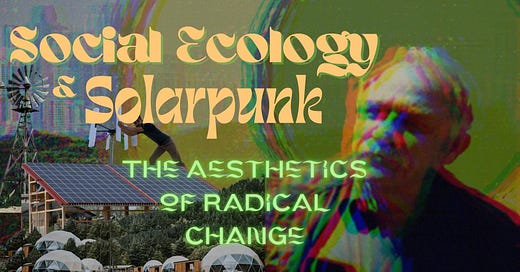


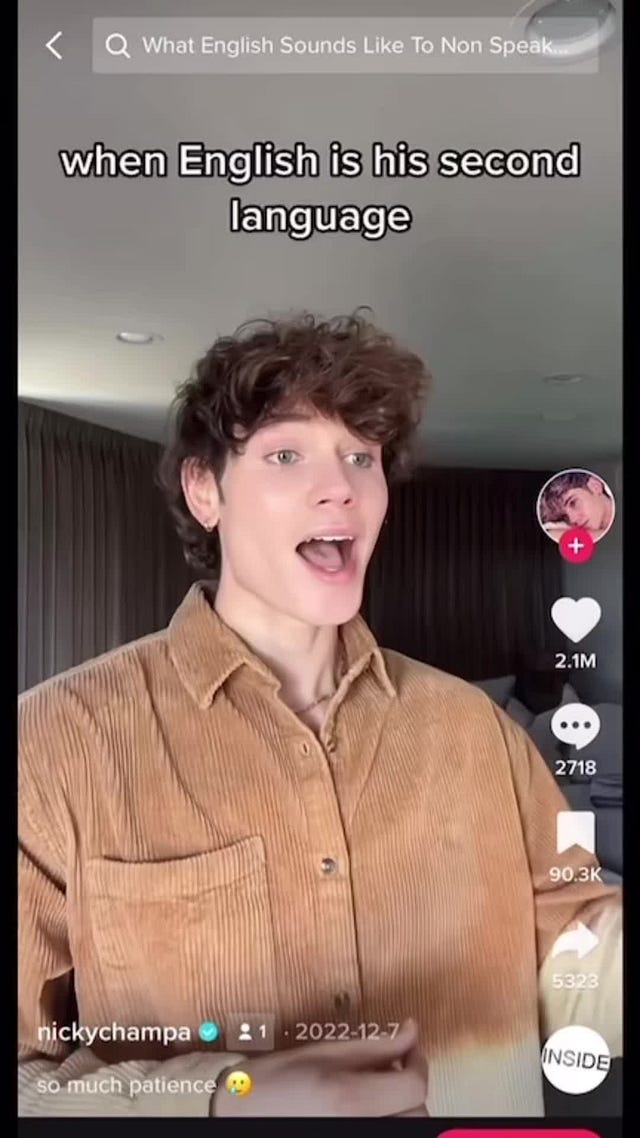
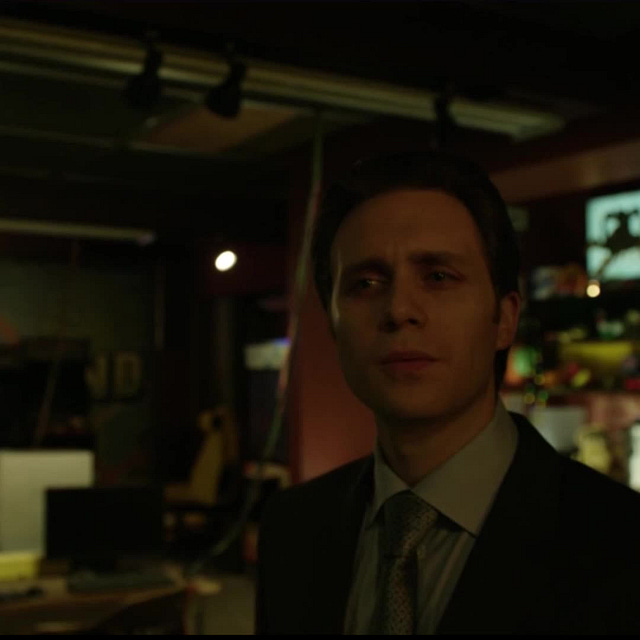
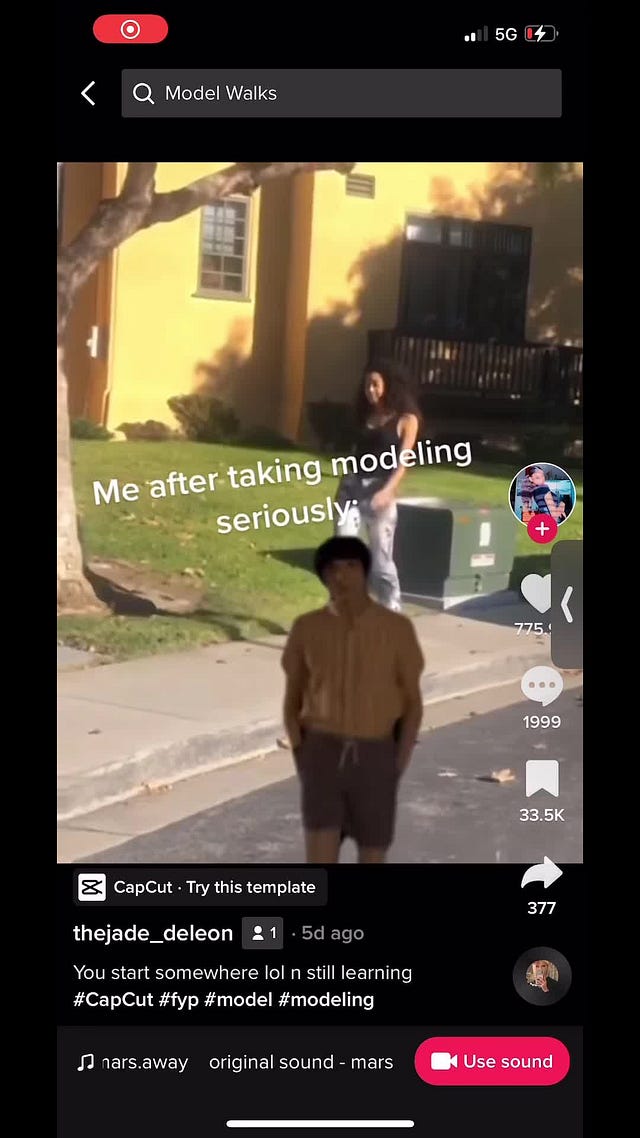
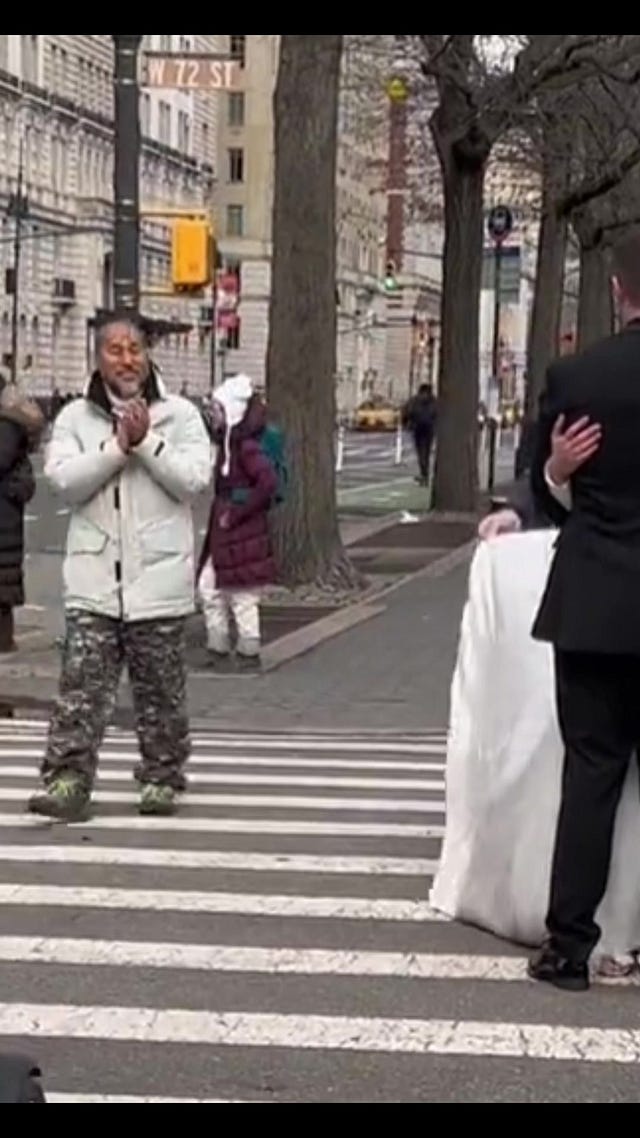

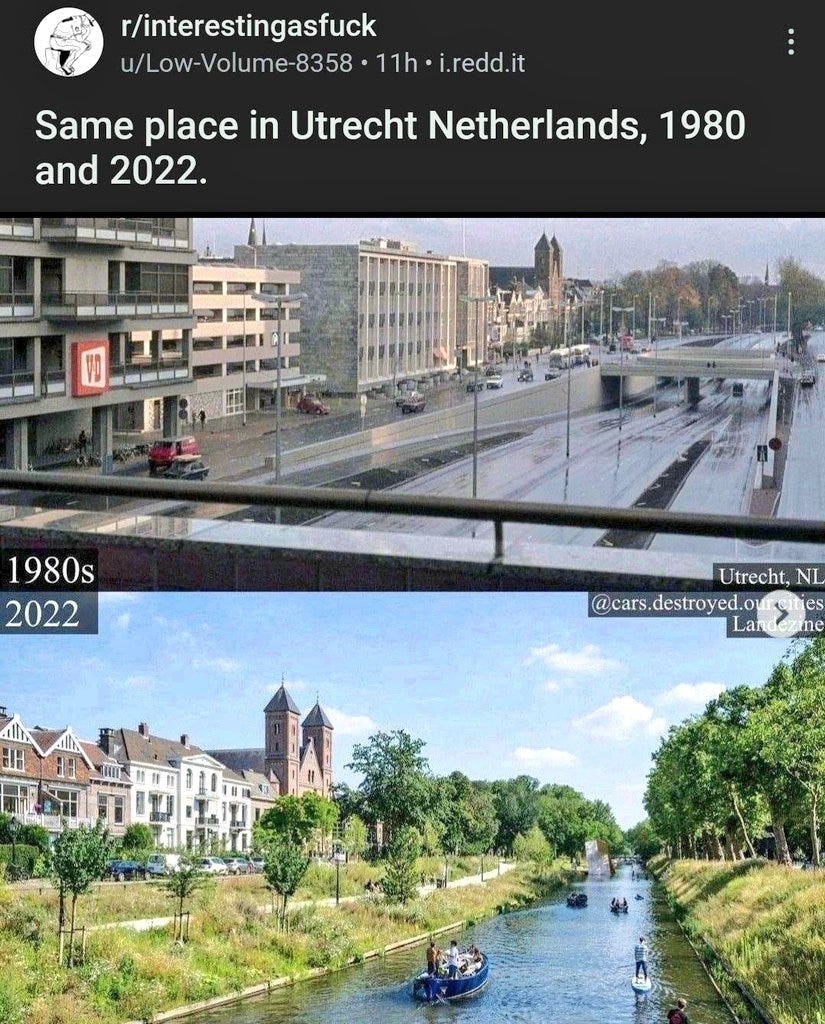


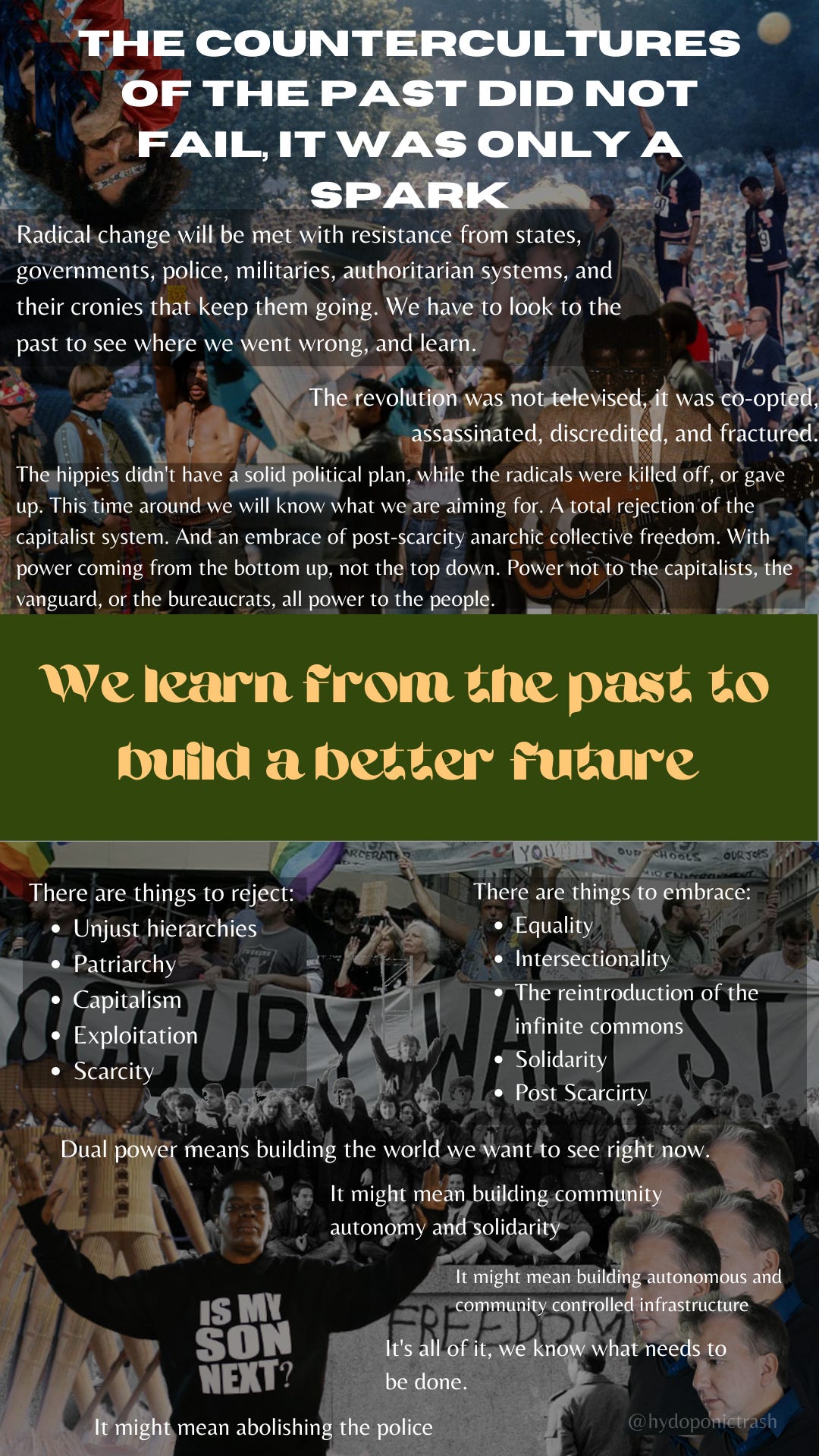

Here's a story I wrote to this end recently — to show how these transitions could start in American communities:
https://stories.sambutler.us/preview-ride-script
More than a singular story, the idea is actually a movement of stories (some of which could be bootstrapped onto this first template) — people being able to remix/adapt a story like this, to fit local contexts and places, and serve this change happening in their own places.
Also, Max Ajl's "A People's Green New Deal" is one of the best aesthetics I've come across: https://library.oapen.org/handle/20.500.12657/48775
I read the intro and then went straight ahead to Part 2 / Chapter 5.
And finally, here's a song concept I've been thinking about, on the topic of music!
https://stories.sambutler.us/song-concept